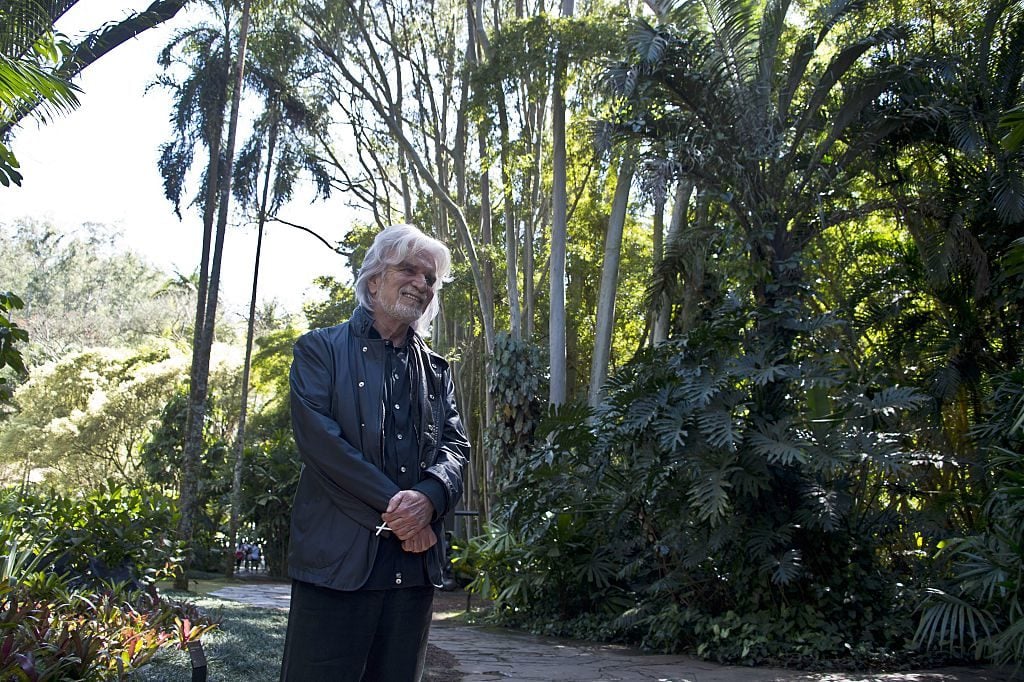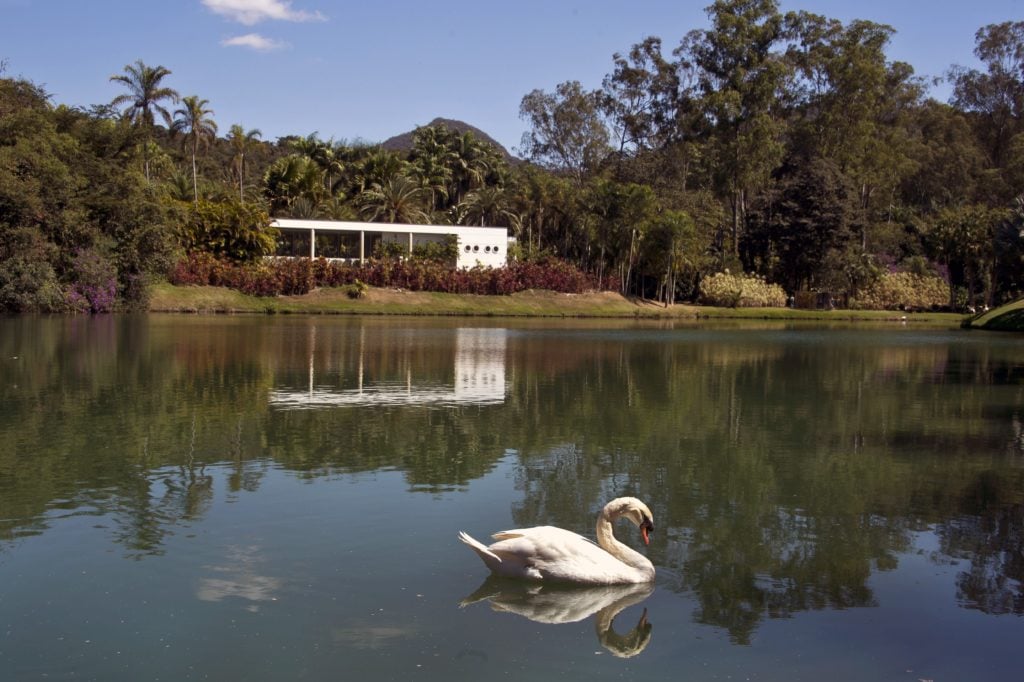Law & Politics
A Brazilian Court Has Acquitted Art Collector Bernardo Paz of Charges That He Used His Inhotim Museum to Launder Money
A three-judge panel overturned a 2017 conviction that would have sentenced Paz to nine years in prison.

A three-judge panel overturned a 2017 conviction that would have sentenced Paz to nine years in prison.

Taylor Dafoe

Bernardo Paz, a prominent art collector and founder of Brazil’s influential Inhotim museum, has been acquitted of money laundering, likely bringing an end to a legal saga that has roiled Brazil’s art world for years.
Earlier this month, a three-judge panel in the Brazilian city of Belo Horizonte overturned a conviction issued by a lower court in 2017, when Paz was sentenced to nine years in prison for funneling money raised overseas for Inhotim to support expenses related to his mining and steel companies.
“I’m glad the truth came out and for being officially exonerated,” Paz said in a statement to Artnet News. “Now I hope to be able to focus my attention exclusively on my companies and on art, which is what really matters to me.”
Paz’s attorney added: “The evidence presented by the Federal Public Ministery was insufficient.” The prosecutor’s office did not respond to Artnet News’s requests for comment.
The businessman’s sister, Maria Virgínia de Melo Paz, who was sentenced to five years in prison as part of the alleged scheme, was also acquitted this month. Because people convicted of white-collar crimes often remain free until the ruling is upheld by an appeals court, neither sibling spent any time in jail.

The Inhotim Centre for Contemporary Art in Brumadinho, Brazil, some 60 km from Belo Horizonte, southeastern Brazil. Courtesy of Nelson Almedia /AFP/Getty Images.
A 2013 complaint filed by Brazil’s Federal Public Ministry alleged that a nonprofit company founded by Paz to manage fundraising efforts for Inhotim was used in 2007 and 2008 to hide tax-free transfers of some $98 million to a conglomerate of 29 businesses he owned at the time. Paz, who sold his conglomerate to Chinese investors in 2010, maintained his innocence throughout the trial.
“Inhotim would like to underscore that all its accounts are public and undergo careful review by the Ministry of Culture in addition to being rigorously audited by the British company Ernst & Young—both on an annual basis,” a spokesperson for the museum said in a statement to Artnet News in 2017.
Inhotim opened to the public in 2006 to showcase Paz’s world-class collection of art and botanical specimens on his estate near the city of Belo Horizonte. The institution, which houses pavilions dedicated to work by individual artists, became a highly influential model for private museums around the world. (It was developed with the help of Paz’s art advisor Allan Schwartzman, who went on to become chairman of Sotheby’s Global Fine Art division.) Artists with work in Inhotim’s collection include Brazilian figures Hélio Oiticica and Adriana Varejão (Paz’s ex-wife) as well as international names like Matthew Barney and Chris Burden.
Paz stepped down as Inhotim’s chairman after his 2017 conviction, but continued to be dogged by allegations of wrongdoing, including relying on child labor and evading taxes. In 2018, he pledged 20 major site-specific works—including Doug Aitken’s Sonic Pavilion and four pieces by Varejão—to satisfy $100 million he owed in taxes. Brazilian officials pledged to keep the art at the museum because of Inhotim’s importance to the local economy and an Inhotim spokesman said that the agreement had no relation to his money-laundering conviction.
Those weren’t the only obstacles Inhotim has faced in recent years, however. An outbreak of yellow fever hit the region surrounding the museum in 2018; the following year, the catastrophic bursting of a nearby waste dam caused extensive damage to the area. As a result of these setbacks and a decline in attendance, the museum’s net revenue has dropped by over 33 percent, according to Brazilian newspaper Folha de São Paulo.
Meanwhile, the museum has worked to ramp up programming efforts in an effort to enhance its image. In a statement, a spokesperson for Paz said that the museum has unveiled new projects by Robert Irwin, Paul Pfeiffer, and David Lamelas within the past two years and is preparing to open a long-awaited pavilion dedicated to Yayoi Kusama in 2020.